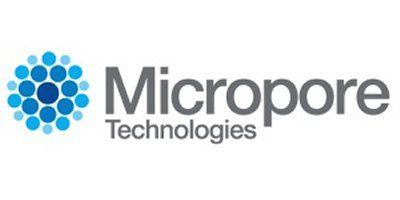

- Home
- Companies
- Micropore Technologies Ltd.
- Products
- Micropore - Pharmaceutical ...

Micropore - Pharmaceutical Encapsulation Process
The ‘science and art’ of microencapsulation, is a way of taking an active ingredient, using a particular technique to encapsulate it, so that it remains isolated, protected and stable until such time that it is released by a certain trigger mechanism.
The ‘science and art’ of microencapsulation, is a way of taking an active ingredient, using a particular technique to encapsulate it, so that it remains isolated, protected and stable until such time that it is released by a certain trigger mechanism.
There are also some hybrid techniques that use physical mechanisms to form a droplet or particle, so that chemical techniques can then be utilised.
Micropore’s patented membrane emulsification process is capable of producing uniform droplets from 10µm upwards, that can then be post-processed with a variety of chemistries to provide a microcapsule, or microparticle system with the desired properties. Generally, encapsulation technologies are divided into two groups – chemical encapsulation and physical encapsulation.
Some examples of physical encapsulation technologies include, spray drying, spray chilling, freeze drying, fluid bed coating, etc.
Encapsulation systems can be designed to:
- Trigger the release of selected active ingredients during application.
- Deliver a tailored release profile to suit formulation and application.
- Prevent unwanted interaction between ingredients during the mixing of components.
- Mask undesirable components (sharp tastes, low fat elements).
- Protect ingredients from oxidation during application (eating, ingestion, spraying).
- Extend the shelf life of products.
